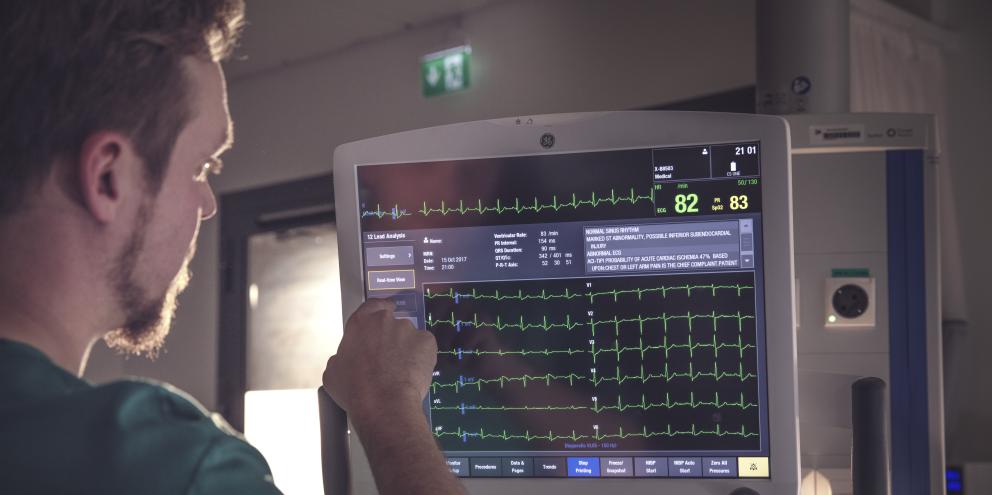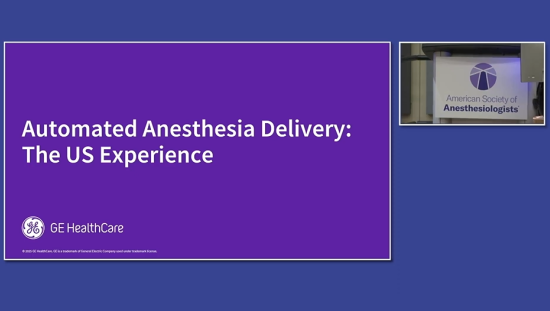
In 2018, the US Preventive Services Task Force (USPSTF) published a recommendation statement and evidence report for healthcare professionals in JAMA on screening for cardiovascular disease (CVD) using resting and exercise ECG. The USPSTF recommended "against screening with resting or exercise ECG to prevent CVD events in asymptomatic adults at low risk of CVD events." However, the task force believed there was insufficient evidence to make a recommendation on the same question for asymptomatic adults at intermediate or high risk of CVD events.
The benefit of a baseline ECG for comparison, however, was not a consideration in the USPSTF's analysis of the risks and benefits of a routine screening ECG. So, could baseline ECG provide diagnostic value?
Experts Weigh In on Utility of Baseline ECG
In a subsequent JAMA Cardiology editorial responding to the USPSTF statement, Dr. Joseph Alpert argued that baseline ECG may still be valuable as a comparator. He noted that "a rest ECG, often obtained in an office setting, is an inexpensive and useful tool, particularly during an initial diagnostic session. In this setting, the ECG creates a baseline test record for possible future comparative analysis should a patient develop symptoms that might be related to ischemic heart disease or other cardiovascular conditions, but it is of limited value as a screening test to identify those who will develop these conditions."
In an accompanying JAMA editorial, Dr. Robert Myerburg raised the same point: "It is not yet clear whether there is value to a single random resting ECG retained in the records of middle-aged adult patients, which may serve as a baseline for comparison when these patients present with nonspecific symptoms at a later time."
What, then, is the benefit of an ECG in the critical matter of deciding whether to hospitalize a patient without known heart disease who enters a medical facility with chest pain? Clinical experience and published research supports the notion that triage and treatment decisions in cases where patients present to the ED with acute chest pain are significantly influenced by knowing whether observed ECG changes are old or new.
Earlier Studies Showed No Benefit
Dr. Laurence Rubenstein and Dr. Sheldon Greenfield, publishing in JAMA 40 years ago, first examined the value of baseline ECG by retrospectively reviewing the records of 340 patients presenting to two emergency rooms (ERs) in Los Angeles with chest pain. Their study is one of two papers often quoted to show that there is no benefit to a baseline ECG comparator.
After excluding patients with known prior heart disease, they reported on 236 patients and concluded that a baseline ECG "might have been useful in avoiding an unnecessary hospitalization" for 11 patients, or 4.7%.
However, there are significant limitations to the study, including the small sample size and retrospectively applied clinical opinions. In fact, 18 patients were discharged from the ER without ECGs, and 104 had normal ECGs. Despite this, the authors concluded that the "routine ECG has little value as a baseline for emergency comparison when patients later experience acute cardiac symptoms" and urged reconsideration of baseline ECG for this purpose.
Another study published in 1985 in the American Journal of Medicine, which evaluated 84 patients presenting to the ER, is also frequently cited as showing that there is no benefit to a prior or comparator ECG. However, this study was comparing the clinical decision with and without an ECG at the time of presentation with chest pain.
More Recent Studies Show the Value of Baseline ECG
Two studies published after Rubenstein and Greenfield's widely quoted paper concluded that access to a prior ECG is, in fact, helpful. The Multicenter Chest Pain Study, published in 1990 in the Journal of General Internal Medicine, examined 5,673 patients over the age of 30 presenting to the ERs of four academic hospitals and three community hospitals with a chief complaint of anterior, precordial, or left-sided chest pain. Fourteen percent of the presenting patients were found to have acute myocardial infarction (AMI).
Admission to the coronary care unit was considered the proper triage decision for patients with AMI, and the overall sensitivity was 91% with specificity of 65%. This accuracy did not differ between AMI patients with a prior ECG for comparison and those without. However, among patients without AMI, the probability for avoiding admission to the coronary care unit was 68% when a prior ECG was present versus 61% when one was not.
This improvement in specificity was most significant among the 2,024 patients whose current ER ECGs had changes consistent with ischemia or infarction. The study noted that, "when a prior ECG was available, non-AMI patients were more than twice as likely to be discharged (26% vs. 12%) and about 1.5 times as likely to avoid CCU admission (39% vs. 27%) (both p less than 0.0001)."
The authors concluded that "diagnostic accuracy, as reflected in triage decision, is better when a current ECG that shows changes of ischemia or infarction can be compared with a prior tracing to determine whether the abnormalities are new or old."
A study published in the American Journal of Cardiology used an artificial neural network (ANN) and found that the performance of both a medical intern and the ANN (as measured by the area under the ROC curve) in detecting AMI improved significantly with access to a prior ECG, while an expert cardiologist's performance did not show significant improvement with serial ECG analysis.
The study's authors concluded that "because access to a previous ECG appears to improve the performance of inexperienced physicians and because many physicians who work in emergency departments fall into this category, the provision of an electrocardiographic database in a hospital could provide an important means to gain access to older ECGs, leading to diagnostic improvement."
Clinical Wisdom and Experience versus RCTs
In clinical practice, it is not unusual to obtain an ECG for a patient who turns out to have noncardiac chest pain or benign palpitations with significant ST elevation. In general, if evaluation demonstrates a structurally normal heart, we can be confident that these changes represent early repolarization or precordial normal-variant ST elevation. However, differentiating early repolarization from AMI can be difficult in cases of acute chest pain, as this Emergency Medicine Cases case series points out.
In my practice, if I identify a patient with significant ECG abnormalities, including early repolarization, I provide them with a copy of their ECG and advise that if they present to an ER with symptoms that warrant an acute ECG, they should share the copy of their prior ECG with their ER physician.
While the fact of the matter has not been demonstrated in a formal study, experienced cardiologists recognize that if an acute but abnormal ECG is unchanged compared to a prior abnormal ECG from when the patient was asymptomatic, it can provide extremely useful information on the patient's cardiac condition.
The opinions, beliefs and viewpoints expressed in this article are solely those of the author and do not necessarily reflect the opinions, beliefs and viewpoints of GE Healthcare. The author is a paid consultant for GE Healthcare and was compensated for creation of this article.









